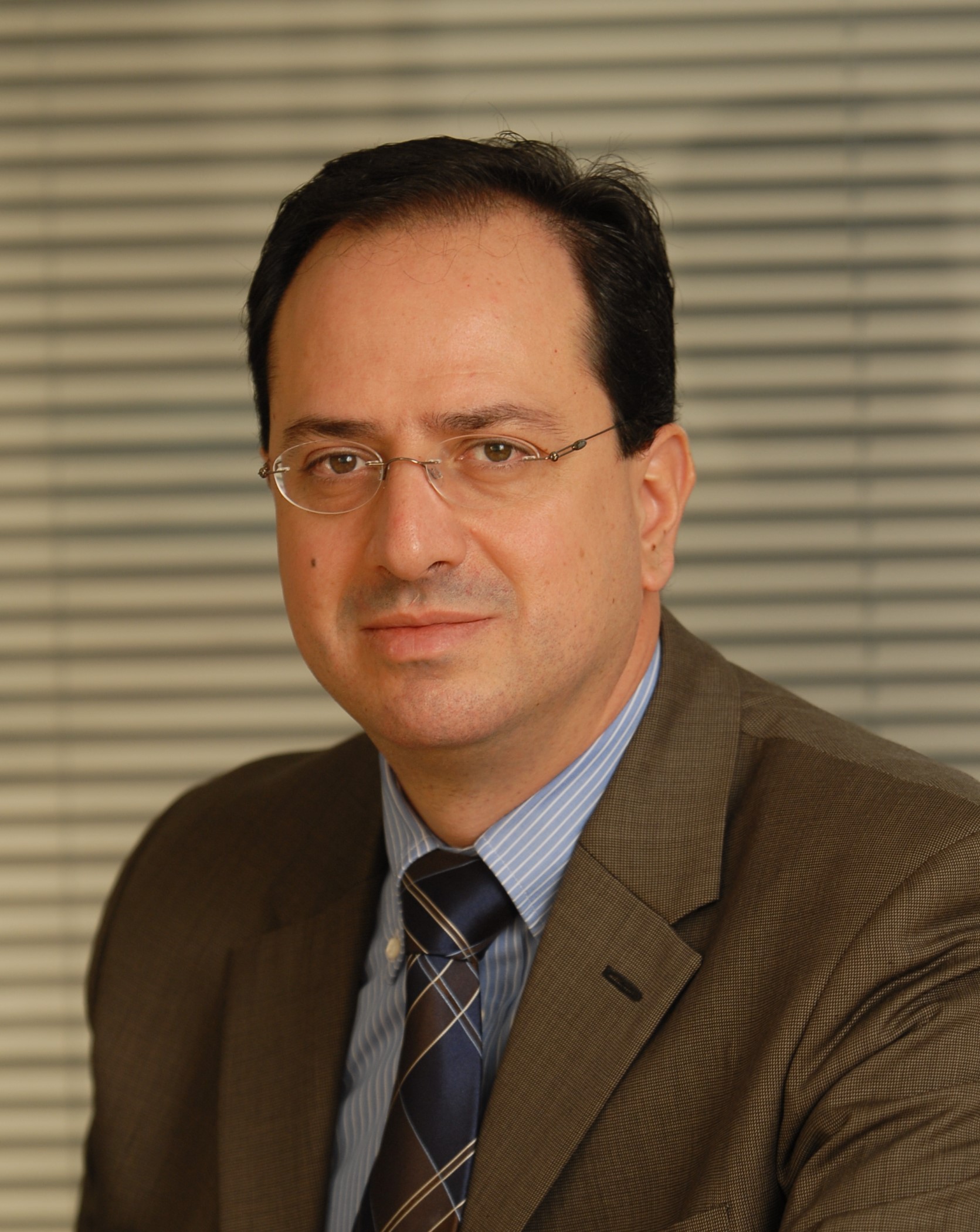
February 14th, 2022
Dr. Jorge-A. Sanchez-P., Chairman of the Board of the Space Technologies and Applications Cluster (si-Cluster.gr) (short CV here), introduces the scopes of the Space Technologies and Applications Cluster and the advantages of the cooperation with the EASN Association.
In your capacity as Member of the si-Cluster Steering Board and Chief Strategy & Financial Officer Corallia, could you please summarize for the readers of the EASN Newsletter which are the main objectives of the Hellenic Space Technologies and Applications Cluster, and which are its main achievements so far?
The Hellenic Space Technologies and Applications Cluster (si-Cluster) is an emerging, industry-led, and user-driven innovation cluster in Greece, with a sizeable potential to compete worldwide in the challenging and fast-growing sector of space technologies and applications. The si-Cluster focuses on Microelectronics, Materials and Structures, Robotics, Operations, SatCom, Navigation, Earth Observation and Space Astronomy Satellite data exploitation, and offers a wide range of upstream, midstream and downstream technologies for space. It is one of the three European aerospace clusters awarded with the Gold Label of Cluster Management Excellence. It was established in 2009 as a joint initiative of Corallia and the Hellenic Association of Space Industries.
The main aim of the si-Cluster is to develop Greece as a leading region for space technologies and applications with a high international visibility, capable of developing and attracting high-impact research, and development and innovation and business activities. The si-Cluster aspires to bring together all the Greek space actors for the benefit of the whole Greek space ecosystem.
To that direction, as of January 2022, the si-Cluster brings together more than 70 private and public actors in the field of space technologies and applications (representing over 85% of the Greek private and public space actors) and provides an efficient framework around themes of common interest to reinforce the competitive advantage of its members. The cluster is rapidly expanding not only its industrial base but also its cooperation ties with all the innovation ecosystem actors. The si-Cluster provides to the entire Greek Space ecosystem various levels of support during the last 12 years, most notably: business development, incubation activities, entrepreneurship support, technical advice, mediation on technology transfer, spin-in of non-space technology and actors in the space commercial area, spin-out of space products to non-space markets, specific training, and organization of high impact outreach events and commercial roadshows in Europe and worldwide. The si-Cluster performs a full yearly mapping exercise of the Greek Space ecosystem, value chains, activities, and technologies in Greece, which lead to the Greek Space Catalogue and to a bottom-up Greek Space Strategy document and an implementation plan.
Hellenic Space Technologies and Applications Cluster (si-Cluster) and European Aeronautics Science Network (EASN), agreed to establish a Memorandum of Understanding (MoU), based on their mutual willingness to intensify the cooperation between the two entities. In your aspect, which is the political significance of this MoU and what messages can be extracted from this approach?
The MoU establishes the baseline for the cooperation between the si-Cluster and EASN under the thematic areas of Aviation, Space, and Aerospace. This cooperation will take the form of various academic, scientific, technological, industrial, and entrepreneurship activities, aiming to create conditions for facilitating research and industrial or other initiatives at national, European, and international levels, to disseminate knowledge, new technologies and innovation, and promote global awareness of the wide range of important functions and values generated in these thematic areas.
Considering the complementarity of the partners, the political significance of this type of cooperation is significant, as it enables the development of strategic areas of joint activities that can create much greater impact than individual activities undertaken by each partner separately. The main message that can be obtained is that of the importance of creating and facilitating an active quadruple helix in the aerospace sector: a model of innovation based on the interactions between the industry, academia, public agencies, and the civil society, to foster economic and social development.
EASN is focused on supporting Academia research on the technological sectors of Aviation and Space. What is the role of Academia within the si-Cluster, what could expect Academia from its participation to it and how could EASN facilitate the participation of Academia in the activities of the si-Cluster?
The si-Cluster members cover a wide range of space-related thematic areas and have focused their capabilities on specialized fields of space industry: aerospace electronics, materials and structures, robotics, operations, earth observation, space data exploitation, following closely the Copernicus strategy and developments. The si-Cluster, with the support of the Greek central and regional governments, the Hellenic Association of Space Industry, and the Academic and Research Space Actors, is the only quadruple helix, one stop shop for space activities in Greece. The role of Academia is cardinal to the completion of this helix, as the academic members of the si-Cluster regularly cooperate with the corresponding industrial partners.
The Academia can expect a wide spectrum of collaboration modalities with (or within) the si-Cluster, covering a wide range of goals. From a development point of view, such modalities include the joint participation in European Support Actions and Support Activities, Cooperation in Research, Innovation and Development activities, the joint organisation and hosting of workshops, seminars, and hackathons, and the transfer of know-how, best practices, and technical standards. From a strategic point of view, such modalities include the joint investigation on how to put in place mutual service offers to the respective members of the parties, and the common development of streamlined policies with respect to important issues and challenges raised by the European Commission (such as the European Framework Programs) and other European Bodies.
Is there any further message you would like to address to the EASN community?
To achieve its goals, the si-Cluster continuously expands its network and fosters strategic partnerships. It is with great pleasure that we get to collaborate to such a close level with EASN and we are looking forward to getting to know better its community and working with it.